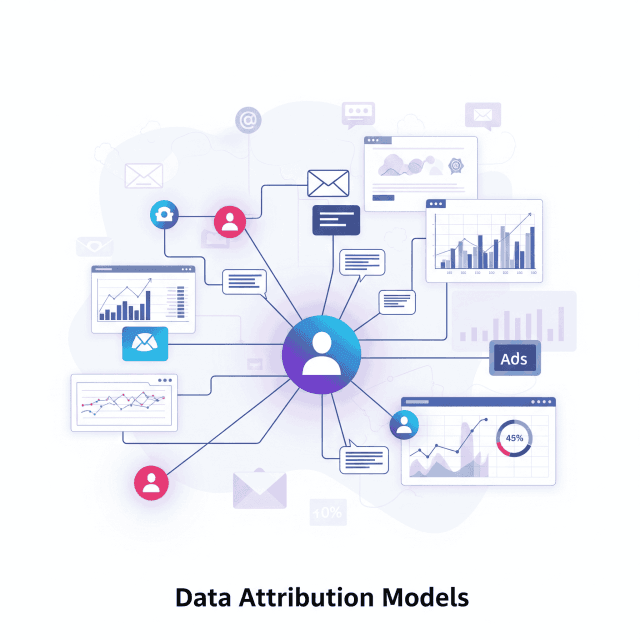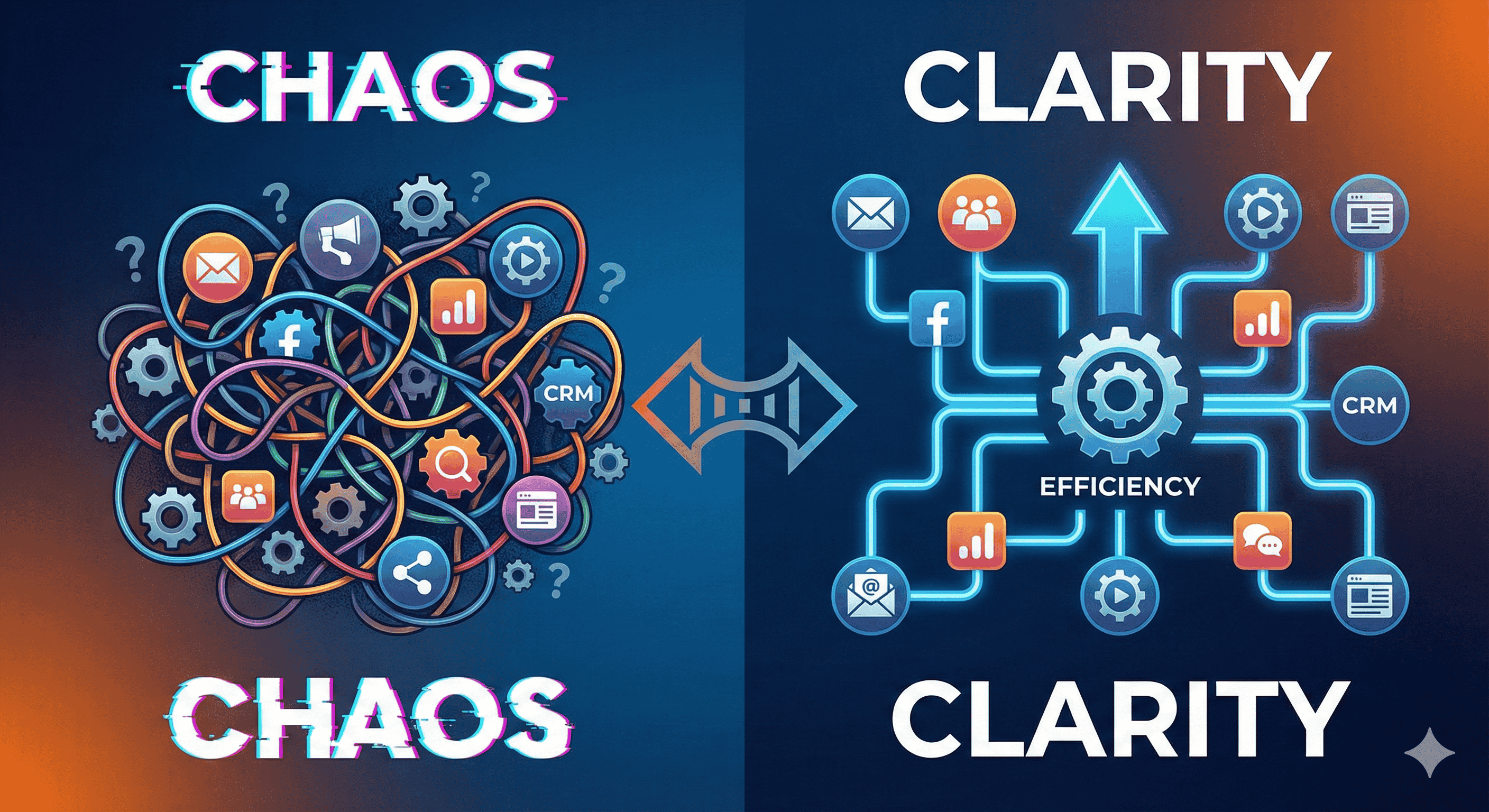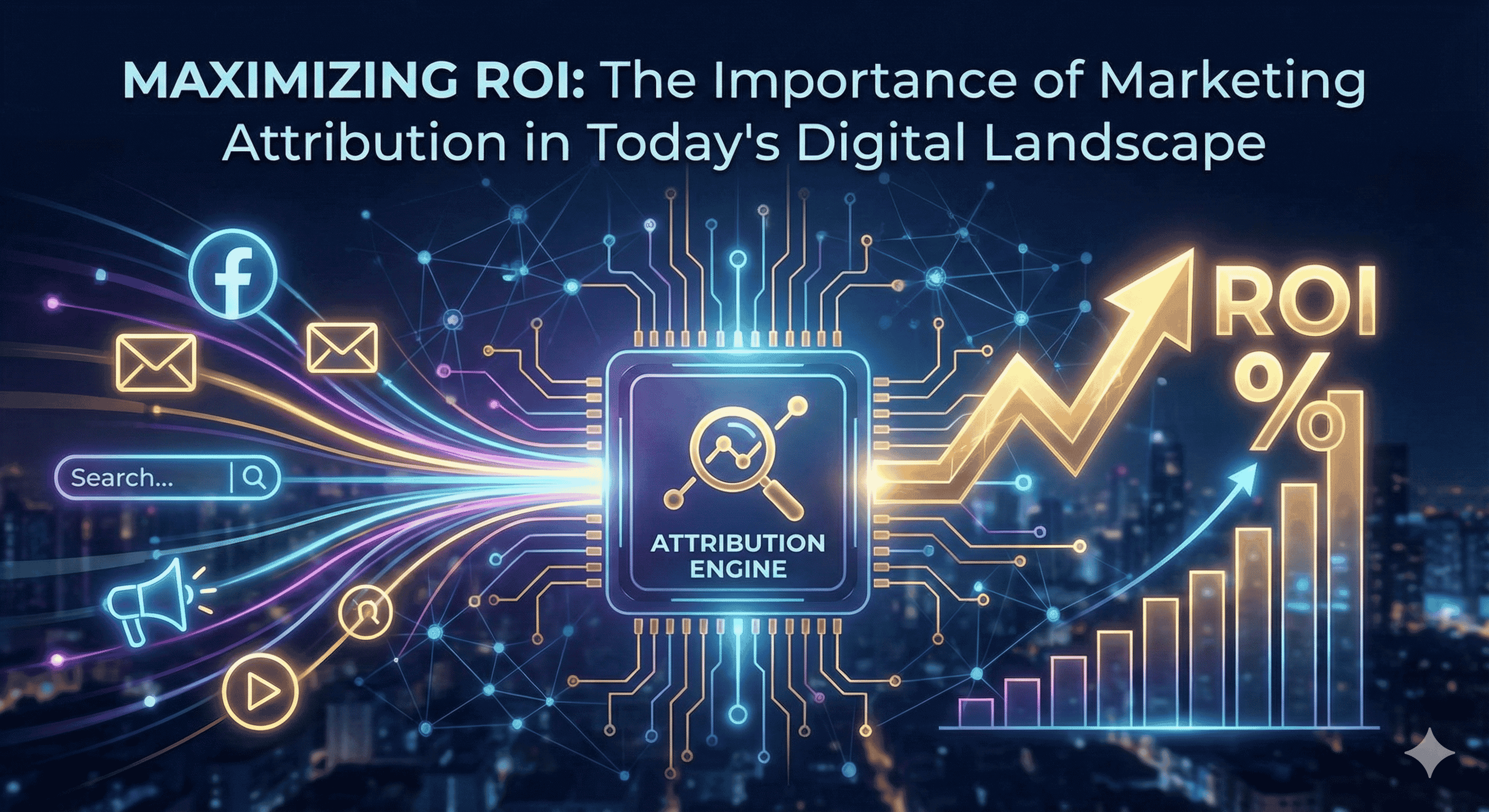In today’s digital marketing landscape, understanding the customer journey is more critical than ever. With customers interacting with multiple touchpoints before making a purchase, businesses strive to figure out which channels and interactions most influence buying decisions. This is where attribution models come into play.
What is Attribution?
Attribution refers to the process of identifying which marketing channels or touchpoints have contributed to a conversion or a desired outcome. By analyzing these pathways, businesses can allocate their marketing resources more effectively, optimize campaigns, and ultimately improve ROI.
The Importance of Attribution Models
Attribution models help marketers understand the customer journey and provide insights into how different channels work together. With this information, businesses can:
- Optimize Marketing Spend: By identifying high-performing channels, companies can allocate budgets more effectively.
- Enhance Customer Experience: Understanding how customers navigate through touchpoints allows marketers to create tailored experiences that resonate more deeply with target audiences.
- Refine Marketing Strategies: For ongoing campaigns, insights gained from attribution analyses help in adjusting strategies to improve performance.
Types of Attribution Models
Various attribution models cater to different business needs, each offering a unique perspective on customer interactions.
1. First-Touch Attribution
This model credits the first interaction a customer has with your brand before converting. It is useful for understanding how customers initially discover your business.
Pros: Simple to understand and effective in highlighting awareness-generating efforts.
Cons: Ignores the influence of subsequent interactions that may have been pivotal for conversion.
2. Last-Touch Attribution
This model gives full credit to the final touchpoint that led to the conversion, emphasizing the significance of closing actions.
Pros: Easy to implement and useful for evaluating the effectiveness of closing efforts.
Cons: Neglects earlier interactions that contributed to nurturing the customer’s interest.
3. Multi-Touch Attribution (MTA)
MTA distributes credit across multiple touchpoints in the customer journey. This model can be tailored in various ways:
- Linear Attribution: Equal credit is assigned to each touchpoint.
- Time Decay Attribution: More credit is given to touchpoints closer to the conversion.
- U-Shaped Attribution: Places emphasis on the first and last interactions while distributing a portion of credit to the middle interactions.
Pros: Provides a holistic view of customer interactions.
Cons: More complex to analyze and requires sophisticated data collection methods.
4. Algorithmic or Data-Driven Attribution
Using advanced data analytics, this model examines vast amounts of data to understand how different interactions influence conversions. It leverages machine learning to assign credit based on actual revenue, rather than assumptions.
Pros: More accurate and reflective of real customer behavior.
Cons: Requires significant data resources and may be difficult to implement for smaller businesses.
Choosing the Right Attribution Model
The selection of an appropriate attribution model depends on various factors including business goals, customer behavior, available data, and marketing channels. Here are steps to guide this process:
- Define Goals: Clearly outline what you wish to achieve with your marketing efforts.
- Analyze Customer Behavior: Understand your customers’ purchasing journey and identify key touchpoints that influence their decisions.
- Test Different Models: Experiment with various attribution models to see which one aligns best with your business’s metrics and goals.
- Utilize Technology: Consider tools and platforms that facilitate attribution analysis to streamline data collection and reporting.
The Future of Attribution Models
As technology evolves, so too will attribution methods. With the rise of artificial intelligence and machine learning, future models may become even more sophisticated, moving toward real-time attribution analysis. Privacy regulations will also shape how data is collected and utilized, prompting marketers to adapt to new tools and techniques for obtaining valuable customer insights.
Conclusion
In an era where customer touchpoints are increasingly complex and numerous, effective attribution models are vital for understanding customer journeys and driving marketing success. By selecting the right model, businesses can enhance their strategies, improve customer experiences, and make informed decisions that lead to sustainable growth. Investing in attribution is not merely a choice; it’s a necessity in navigating the ever-evolving landscape of digital marketing.







